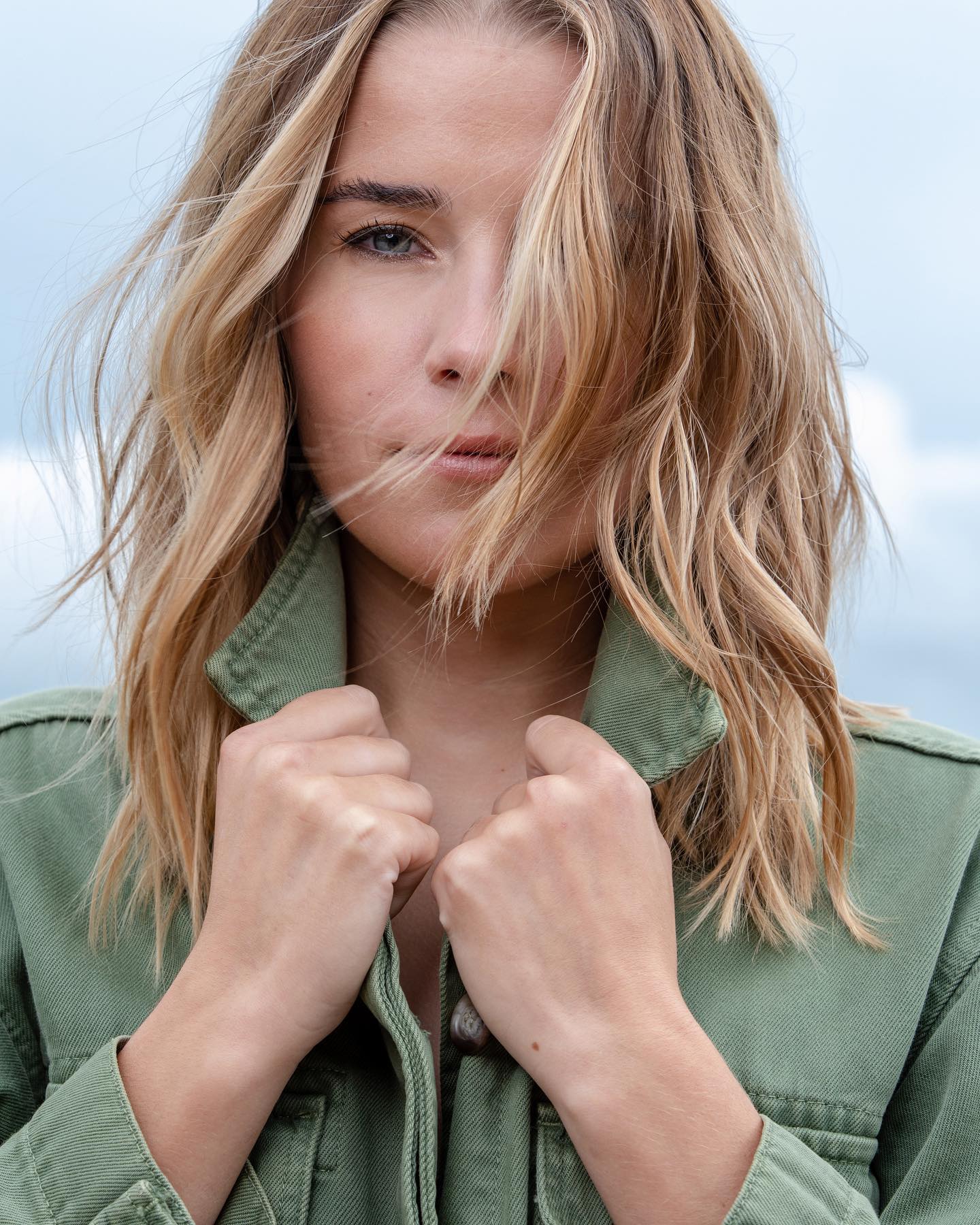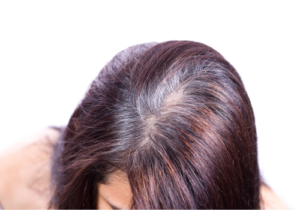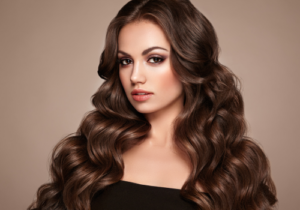Introduction to Hair Bleaching
Hair bleaching is a common practice for those looking to change their look or bring out vibrant shades of color. However, many people are concerned about the potential damage this chemical process can cause to their hair. In this article, we'll explore why people bleach their hair, the risks associated with the process, and best practices for performing bleaching without damaging the hair.
Why people bleach their hair
Aesthetic factors
The main reason people choose to bleach their hair is often aesthetic. The possibility of creating unique looks, adopting fashion trends or simply standing out attracts many individuals. Bleaching makes it possible to achieve bright or pastel colors that would otherwise not be possible with a darker hair base.
Psychological factors
In addition to aesthetic motivations, there are also psychological reasons why people decide to bleach their hair. Sometimes, a change of hair color can help mark a new beginning, boost self-confidence, or assert individuality. For many, changing hair color represents a form of self-expression and can even act as a positive mental boost.
Risks associated with hair bleaching
Hair damage
Despite the aesthetic and psychological benefits, bleaching hair does carry risks. One of the main dangers is the potential for hair damage. Bleaching can leave hair dry, brittle and fragile. The chemicals used in bleaching agents are often very aggressive and can strip hair of its natural oils, leading to dull, lifeless locks.
Allergic reactions
As well as physical damage to the hair, there's also the risk of allergic reactions. Bleaching agents contain chemicals such as peroxide and ammonia, which can cause scalp irritation and skin reactions. For those with sensitive skin or a history of allergies, it's crucial to do a patch test before proceeding with full bleaching.

Best practices for damage-free discoloration
Preparation before bleaching
Use of nourishing hair products
Before proceeding with bleaching, it's essential to prepare your hair by using nourishing and moisturizing products. Hair masks rich in natural oils, such as coconut oil or argan oil, can strengthen hair structure and protect it from chemical aggression. We recommend applying these treatments for at least a week before bleaching to maximize their effectiveness.
Avoid chemical pre-treatments
To minimize the risk of damage, avoid subjecting your hair to other chemical treatments, such as perming or straightening, before bleaching. These treatments can weaken the structure of the hair, making it more susceptible to serious damage during bleaching. If possible, leave your hair natural for a few weeks before bleaching.
The fading process
Choosing the right color
Choosing the right color for bleaching is crucial to achieving the desired result while minimizing damage. It is advisable to consult a professional colorist who can guide you towards options that require less chemical treatment. For example, lighter shades can often be achieved with fewer aggressive products, reducing the risk of hair damage.
Correct application of bleaching agent
When applying the fading agent, it is important to follow the product instructions to the letter. Apply the product evenly to avoid stains and color variations. Be sure not to leave the product on your hair for too long to prevent chemical burns and excessive damage. Using high-quality tools, such as applicator brushes, can also make a big difference to the precision and effectiveness of the application.
After the bleaching process
Taking care of your bleached hair
Once you've finished bleaching your hair, paying special attention to after-care is crucial to maintaining its health. Use shampoos and conditioners specially formulated for color-treated hair to maintain moisture and protect color. Regular treatments with restorative hair masks can also strengthen your hair and reduce breakage.
Maintenance recommendations
- Avoid frequent use of heated tools - Straightening irons, curling irons and other heated tools can aggravate the damage caused by discoloration. Try to use them as little as possible, and always with a thermal protector.
- Regular cutting program - Regular trimming helps prevent split ends and maintain a healthy, well-groomed appearance.
- Adjust your care routine - Use sulfate-free products and choose specific treatments for bleached hair. Light hair oils can also add a layer of protection while adding shine.
By following these best practices, you can minimize the risk of damage and enjoy vibrant, healthy hair color. Proper preparation, careful application and consistent care after bleaching will make all the difference in preserving the health of your hair.
See also: How do I get professional hair color?
Recommended Products and Brands for Damage-Free Stripping
Description of natural and chemical-free products
For those looking to minimize damage when bleaching their hair, there are natural, chemical-free products that offer spectacular results while preserving hair health. These products are formulated with gentle yet effective ingredients that moisturize and protect hair while lightening. Here are a few recommendations:
Essential oils for bleaching
- Coconut oil : Coconut oil is renowned for its moisturizing and protective properties. Before bleaching, apply pure coconut oil regularly to your hair to nourish and strengthen it. It acts as a protective barrier against bleaching agents.
- Argan oil : Known as "liquid gold", argan oil is rich in antioxidants and vitamins that help repair damaged hair. Apply this oil after bleaching to restore moisture and shine.
- Jojoba oil : This light oil is excellent for regulating the scalp's natural sebum while providing balanced hydration. It is particularly beneficial for dry, brittle hair after color removal.
Recommended brands for damage-free fading
Olaplex
Olaplex is a must-have brand when it comes to minimizing the damage caused by bleaching. Their patented treatment repairs broken bonds in the hair fiber, strengthening hair during and after bleaching. The Olaplex kit is often used by professionals to ensure safer bleaching.
L'Oréal Paris Colorista Bleach
L'Oréal Paris offers a range of products specially designed for at-home bleaching. Colorista Bleach is formulated without ammonia, reducing the risk of scalp irritation. This product is ideal for those who wish to lighten their hair gradually while nourishing it.
Schwarzkopf BlondMe
BlondMe by Schwarzkopf is a range of bleaching products with an emphasis on personalized care. Their advanced hair-bonding technology ensures gentle bleaching, minimizing breakage and damage. They also offer after-care to maintain the health of bleached hair.
Manic Panic Flash Lightning Hair Bleach
Manic Panic is an iconic hair color brand. Their Flash Lightning Hair Bleach kit is vegan and cruelty-free, and is designed to lighten hair without the use of harsh chemicals. This kit is popular among those looking to achieve vivid color while caring for their hair.
Masks and moisturizers after bleaching
Kérastase Ultra-Violet Mask
After bleaching, it's crucial to use masks and moisturizers to restore hair's natural balance. Kérastase Ultra-Violet Mask neutralizes yellow tones and leaves hair softer and shinier. It is enriched with hyaluronic acid and Edelweiss flower for deep hydration.
Moroccanoil Intense Hydrating Mask
This mask from Moroccanoil is a must-have for bleached hair. It offers intense hydration and uses argan oil as the main ingredient to strengthen and regenerate hair. The mask is ideal for treating dry, damaged hair after bleaching.
Redken Extreme Strength Builder Plus
Redken's Extreme Strength Builder Plus mask is designed for hair weakened by chemical treatments. This fortifying mask strengthens the hair's internal structure, preventing breakage and restoring the natural suppleness of hair fibers.

FAQ
How do I prepare my hair for bleaching?
To prepare your hair for bleaching, it's crucial to use nourishing and moisturizing products for at least a week before treatment. Apply hair masks rich in natural oils such as coconut oil or argan oil to strengthen and protect your hair against chemical aggression.
Is bleaching recommended for all hair types?
Bleaching can be performed on almost all hair types, but some types, such as very fine or already damaged hair, may be more sensitive to the effects of bleaching agents. We recommend consulting a professional to assess the condition of your hair and determine the most appropriate method.
How long should I leave the bleach on my hair?
The application time of the bleaching agent varies according to the product used and the desired shade. In general, it is advisable to strictly follow the product instructions to avoid chemical burns and excessive damage. If you're not sure, consult a professional for personalized advice.
What care do I need to take after bleaching my hair?
After bleaching, hair care involves using shampoos and conditioners specially formulated for color-treated hair. It's also essential to apply restorative hair masks regularly and avoid frequent use of heated tools to prevent breakage and further damage.
Is it possible to bleach without chemicals?
Although chemical-free bleaching can offer less spectacular results than traditional methods, there are alternatives such as essential oils and certain natural lightening agents that can be used to achieve lighter tones while minimizing hair damage.
Conclusion
Bleaching your hair without damaging it is entirely possible by following best practices and using the right products. Proper preparation before bleaching, correct application of the bleaching agent, and careful care after the process are essential to protect the health of your hair. By choosing natural products and gentle treatments, and following the advice of a professional, you can achieve vibrant color while maintaining healthy, shiny hair.





